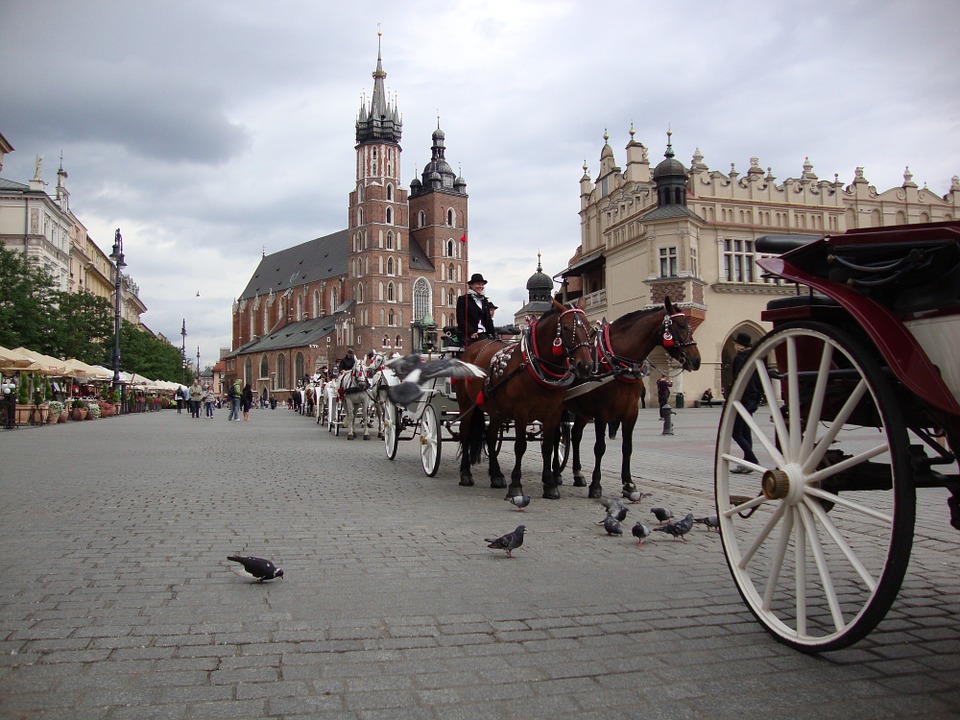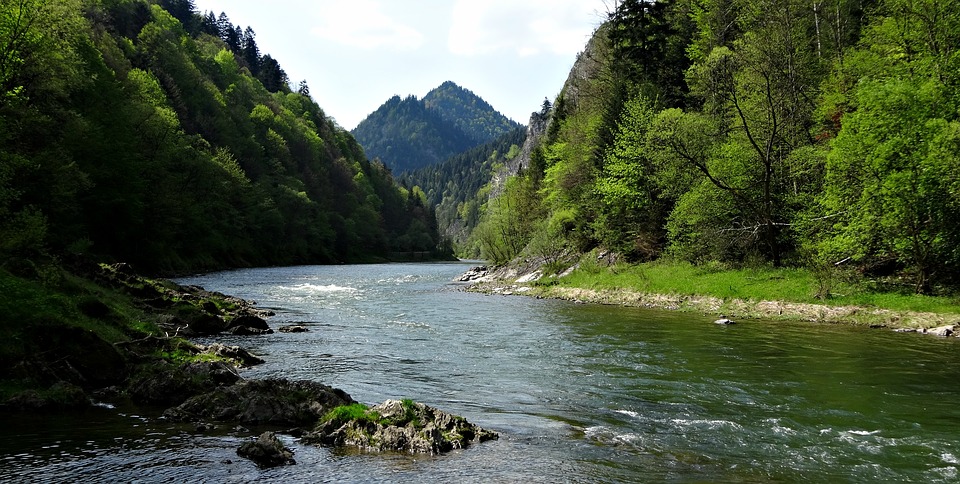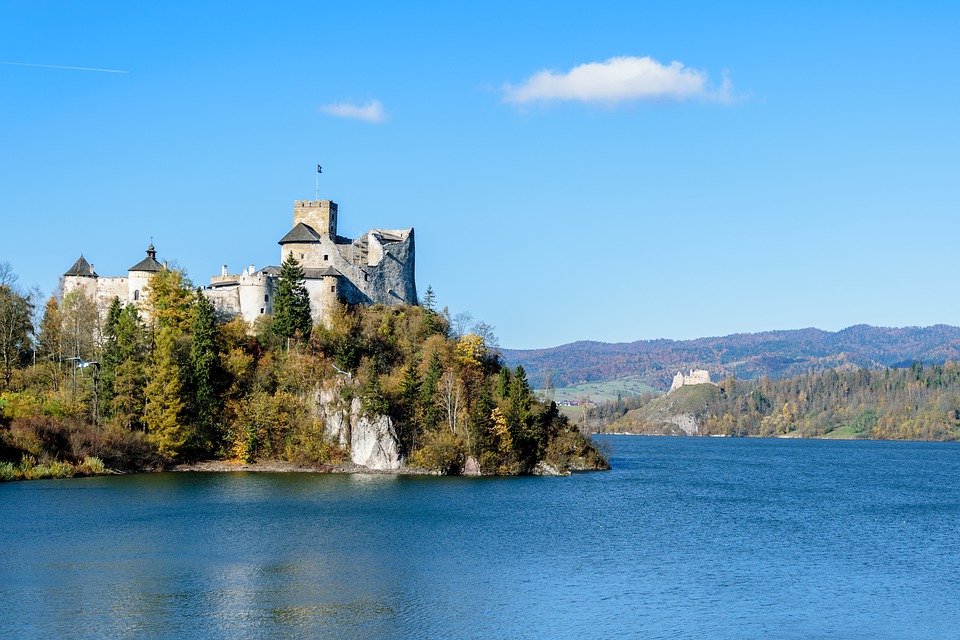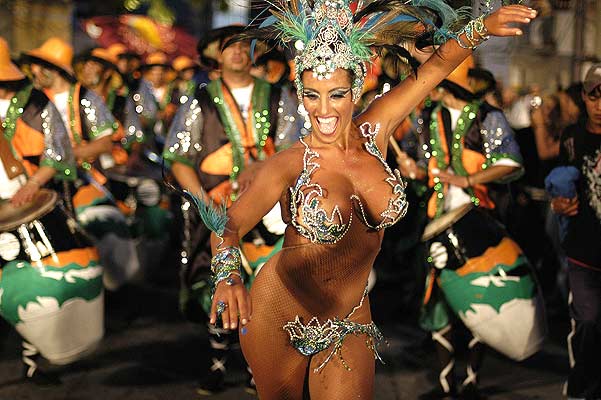1. The Old Town

You’d be hard-pushed to find anyone who doesn’t like Krakow’s Old Town. The main square – Rynek Glowny – is one of the most glorious in Europe. It’s a huge beast of a thing that incorporates cute old churches, the market traders in the Cloth Hall and seemingly thousands of terraced cafés and restaurants.
The largely pedestrianized streets are a pleasure to walk down, and once you start ducking into the buildings, you’ll often find beautiful stone-vaulted roofs and tempting cellar bars.
At the southern end of the Old Town is Wawel Hill, where the cathedral and castle stand. The castle is more a complex than a singular building, and the state rooms on the second floor are the most impressive part. The tapestries and friezes, plus the imposingly bizarre-looking Zodiac room are well worth the entrance fee.
Cathedral on Wawel Hill
The cathedral is almost a celebration of clutter. There are garish marble shrines, wooden choir stalls, giant tapestries and a golden altar amongst the tombs and reliquaries. There’s so much in there, but none of it has the opportunity to properly stand out – there’s too much competing for attention. Think of it as being like a MySpace site designed by a 13-year-old who doesn’t understand the less is more concept, and you’re about there.
2. Kazimierz
Krakow’s World War II history is a dark one. The city’s Jewish population was first put into a ghetto, then into the Plazszow concentration camp before finally being sent to death at Auschwitz-Birkenau. Before the war, the suburb of Kazimierz – just south of the Old Town – was the main Jewish area. When the Nazis invaded Poland, the Jews were forced out of their houses, though, and were initially sent to the newly created ghetto just over the river in Podgorze.
Kazimierz side street where scenes from Schindler’s List were filmed
Kazimierz now is rather hip. A lot of the coolest bars in Krakow can be found here, and it’s the best part of town for a night out. Very few Jews live here now, but there are efforts underway to revive Jewish culture. Tours take people around the synagogues, the old streets and the squares lined with (not particularly authentic, it must be said) Jewish Restaurants. Klezmer concerts in the evening are another way of getting in touch with the city’s Jewish past
3. Podgorze
South of the Vistula river lies the former ghetto. Residents of Podgorze were moved out and tens of thousands of Jews were squeezed in. Today, there are very few signs of the old ghetto, although there are two stretches of the old walls still standing. They’re in the shape of Jewish gravestones – a particularly cruel bit of design.
Ghetto Heroes Square is spending a few minutes in too. Here, a series of chairs are left as monuments. They represent the furniture and belongings that were left behind when the ghetto was liquidated.
4. Schindler’s factory
By far the best place in Krakow to get the Jewish story of World War II, however, is the former enamelware factory in the suburb of Zablocie. It’s next to Podgorze, and the factory belonged to one Oskar Schindler. If the name sounds familiar, it’s the industrialist immortalised in Schindler’s Ark (later turned into the film Schindler’s List) who saved over 1,000 Jews from the gas chambers.
Last year, the factory was turned into a museum, and it’s a spectacularly good one. The stories are told though numerous innovate methods, from scrolling screens to art installations and a recreation of the ghetto.
5. Nowa Huta
A complete contrast to the Old World buildings of the Old Town, Nowa Huta was Josef Stalin’s ‘gift’ to the people of Poland. It’s the ultimate Communist-era planned city, a few kilometres out of central Krakow.
Nowa Huta was built after the Second World War, designed to be a worker’s paradise and providing everything that was needed. There were plenty of schools, theatres and playgrounds, but the whole project was built around the giant steelworks. Despite none of the requisite steel-making materials being found nearby, the steelworks was built, and new train lines were put in to service it.
Walking round Nowa Huta now, it’s rather surprising. Yes, there’s a lot of polluted grey concrete around, but there’s also plenty of life and greenery. It’s an odd place, but not nearly as grim or bleak as you’d think.
For the true communist era experience, you can tour round Nowa Huta in a Trabant. These Eastern bloc icons are notorious for their unreliability – they’re essentially a lawnmower engine coated in plastic – but Poles have pangs of nostalgia for them nowadays. It won’t be the most comfortable car ride you ever have, but it’s a gloriously silly way to get around.
6. The Dunajec River

One of the best day trips from Krakow is a visit to the Dunajec Gorge in the Pieniny mountain range. It’s essentially a sub-branch of the Carpathians, and it’s blessed with some of the most beautiful scenery in the country. The steep-banked gorge is the most spectacular stretch of the Dunajec River, which forms part of the border between Poland and Slovakia.
A long-standing tradition in these parts has been to float through the gorge on an odd-looking raft. In the past, the rafts were put together out of five canoes, but they’re now specially made out of planks. Pine fronds line the front of the raft and the poor souls in charge of steering it 14.5km downriver are clad in traditional dress.
The river’s hardly terrifying, but there are a few rapids to negotiate. Get the end seat, and you’re probably going to get a bit of water slopping over on to your shoes. But it’s a lovely way to spend a couple of hours when the sun’s out; it’s in equal measures odd, relaxing, serene and adventurous.
7. Niedzica Castle

Viator’s trip to the Dunajec Gorge also stops off at Niedzica Castle. Although in Poland now, it was actually built by Hungarians when Europe’s borders were in very different places. It’s a pretty old building, although there are more spectacular castles in Europe. The views out over the artificial lake are rather pretty, too.









